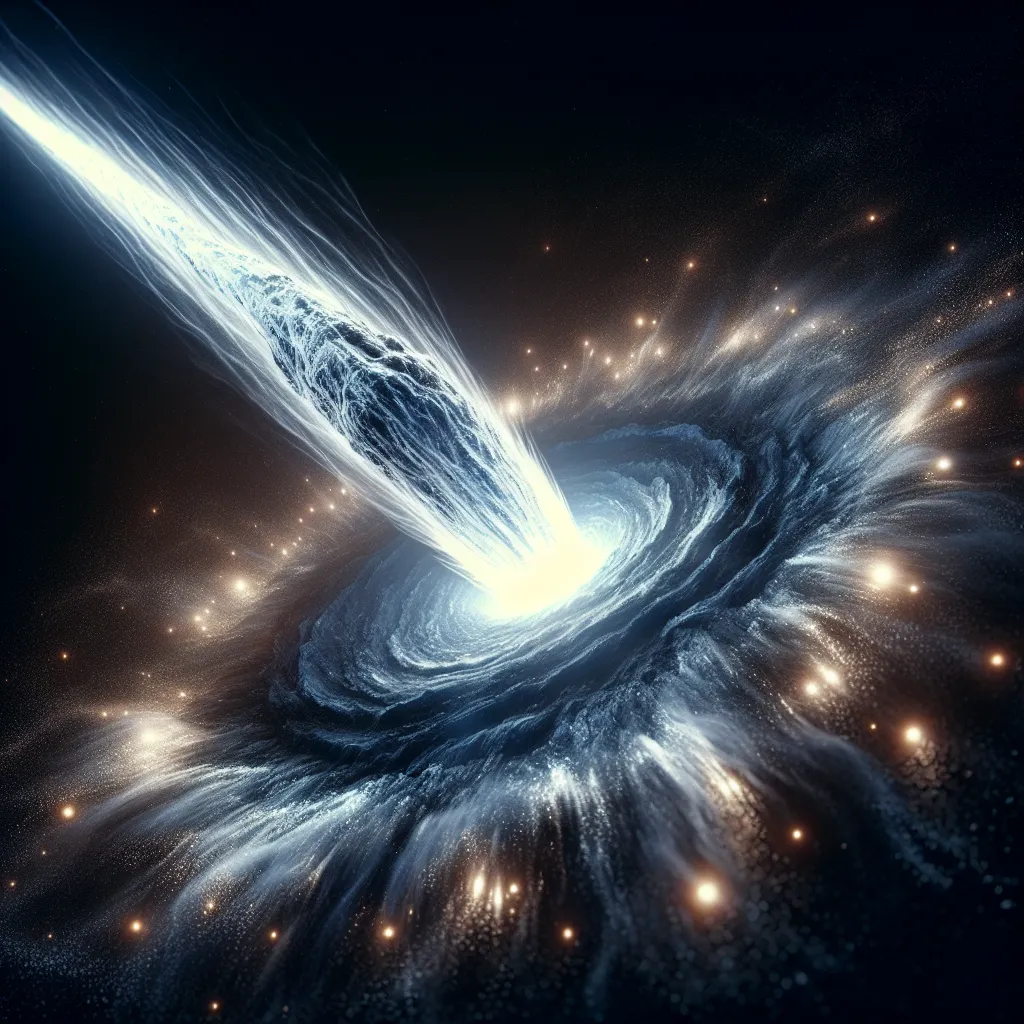Hey there, I’m Nigel, and welcome to “Nigel Goes to Space.” Today, let’s dive into the fascinating world of comets.
So, what is a comet? Picture a dazzling light streaking across the night sky. Many might remember Comet Hale-Bopp from 1997, which lit up the evening sky with a long, glowing tail. Throughout history, comets were often seen as omens of doom. One famously appeared before the Battle of Hastings in 1066, and in Shakespeare’s “Julius Caesar,” there’s a mention of comets foretelling the death of princes.
Thanks to modern science and space missions, we now understand what makes comets shine so brightly. In 1986, the Giotto space probe flew through Halley’s Comet, revealing its core. It’s essentially a “dirty snowball,” a lump of ice and dust about 10-15 kilometers long, originating from the far reaches of our solar system.
These icy bodies come from the Oort Cloud, a vast region extending halfway to the nearest star. Predicted by Jan Oort and Ernst Öpik, this cloud is home to trillions of comet nuclei. Occasionally, one of these comets drifts towards the Sun.
As a comet nears the Sun, its frozen gases heat up and turn into gas, forming a large glowing head called a coma. This coma can grow as large as the Sun. The Sun’s radiation and wind push the gas and dust away, creating a spectacular tail that can stretch across the solar system. After its fiery journey around the Sun, the comet cools down and becomes dormant, waiting for its next trip, which could be years or even millennia later.
Various spacecraft have visited about half a dozen comets, giving us incredible close-up views. The Rosetta mission, which is currently studying Comet 67P/Churyumov-Gerasimenko, promises to answer many more of our questions in the coming months.
If you have any questions about space or astronomy, feel free to ask. Whether it’s about space travel or the mysterious objects out there, I’m here to help.






